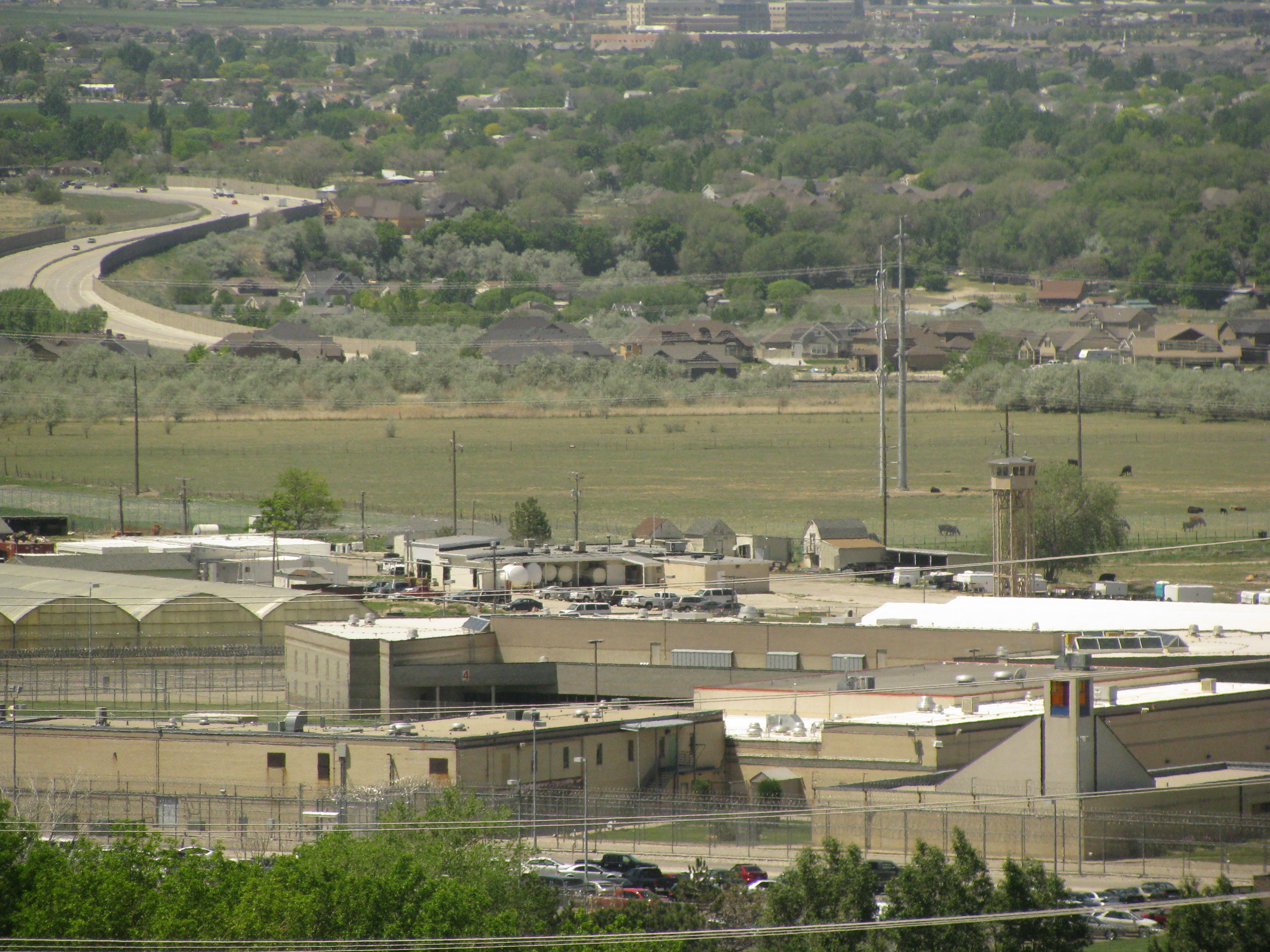SALT LAKE CITY– During the 2015 Legislative session the Prison Relocation Commission announced the final list of potential sites for the Utah State Prison.
The Commission’s final site list included:
- An expanded site near I-80 and 7200 West in Salt Lake County
- An industrial park near I-80 in Tooele County
- A site near Fairfield in Utah County
- A site near Eagle Mountain in Utah County
- A site near Grantsville in Tooele County
Along with relocating the prison, the Commission plans for the new facility to include the latest developments in technology, structural improvements, and separate buildings to incorporate rehabilitation services.

“We have shown that without adequate facilities, the Department of Corrections is not going to be able to fully execute its objective to help offenders rejoin society as productive contributors,” said House Majority Assistant Whip Brad Wilson, R-Kaysville. “The new facilities are going to make a significant difference in our ability to help these inmates reenter society.”
Currently two out of three prison admissions in the Utah system are parole and probation violators. Lawmakers believe that relocating the prison and adding the adequate programming could lead to a dramatic reduction in the state prison’s recidivism rate.
The Commission also believes that by incorporating these rehabilitation facilities at the new prison, the state may better equip inmates with needed tools for re-entering society.
“Reconstructing the prison will help rehabilitate offenders, reduce recidivism, and save taxpayers in the State of Utah money,” said Wilson. “It will increase community safety, transform offenders, and generate 30,000 jobs for Utahns.”
Also, an up-to-date and more-efficient design will also better serve the needs of prison employees, volunteers, inmate families, and visitors.
Along with the proposal for improved facilities, the commission also suggested that it be given authority over final site selection, rather than the decision being left to the entire legislative body.
Instead, HB454, a bill sponsored by Wilson, was passed requiring that the entire legislature vote on the final site. The legislation also calls for a new commission to oversee the relocation process that would include the executive branch.
Rep. Sandra Hollins, D-Salt Lake City said that she wants the final decision of where to put the facility in the hands of all lawmakers, not just the seven who are currently serving the commission.
Lawmakers say they initially put forth the proposal in hopes of keeping politics out of the final selection process.
The bill comes after the commission’s proposal received significant backlash from Governor Herbert, who said that he’d veto any legislation that would limit his authority.
The battle between House Speaker Greg Hughes, R-Draper, and Governor Herbert over Healthy Utah has caused much animosity this session between lawmakers and the governor’s office. Many speculated that the governor used the prison relocation as leverage. As the Governor pushes for Healthy Utah 2.0, his position on relocating the prison out of Draper changed.
Hughes has long advocated moving the prison away from Draper to free up almost 700 acres of prime real estate for development.
During the 2014 General Session of the legislature the governor signed off on legislation which states, “It is sound public policy and in the best interests of the state to move the prison facilities from their current location in Draper.” Despite the legislation the governor recently said that he gives the prison a 50-50 chance of remaining in Draper.
Stevenson said backing off the proposal made by the commission should help tone down talk of the prison remaining in Draper and that Herbert only wants the executive branch to have a say in where the prison goes.
However, if lawmakers were to keep the current prison location, the commission argues, the cost of updating the old facility would exceed $250 million over the next 20 years.
Relocating the prison, however, would generate $1.8 billion in annual economic output and $94.6 million of annual tax revenue, including the local governments receiving economic benefits.
Lawmakers have been criticized for the lack of public input going into the relocation process. During the Feb. 26 meeting, the room for the Commission meeting was packed with opponents who held signs protesting plans to relocate the prison but, limited on time, the commission members were unable to speak with the public.
Legislators said they haven’t sought any input because potential sites were still being considered. Now that there is a final list they are hoping to have more public engagement. Lawmakers hope the public will support the move and whichever location the legislative body chooses.
“We had resounding support to move the prison a year ago,” said Wilson, who is confident that the support still exists.
The Commission hopes to decide on a final site by June.




